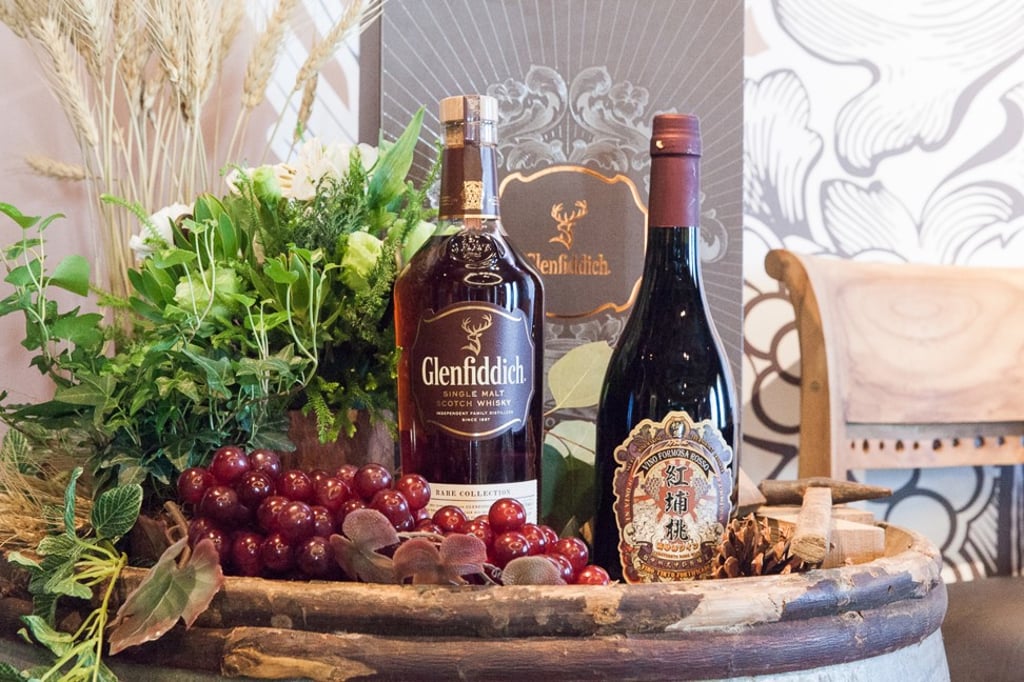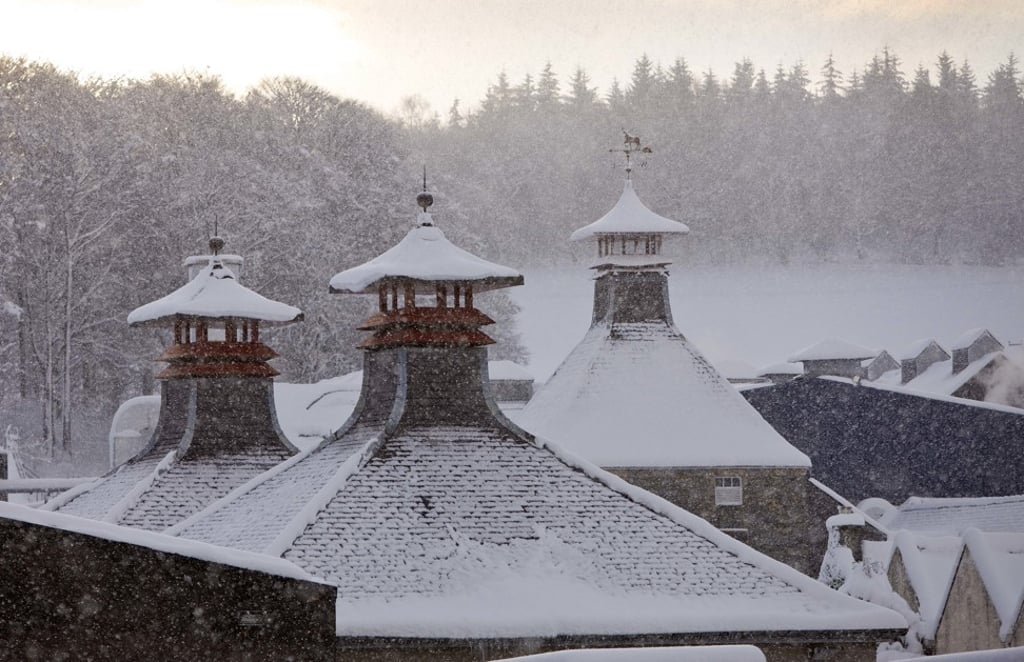Why did whisky maker Glenfiddich experiment with champagne casks – and what were the results?

Known for its bestselling single malt scotch, the US$300 Glenfiddich Grand Cru was aged for 23 years and finished in French cuvée grand cru wine casks
The world of whisky is vast. Styles and categories differentiate themselves with the use of different grains, yeast strains and maturation climates. Scotch, bourbon, rye – no matter the classification, one of the most important factors affecting the final flavour of a whisky is the wood cask or barrel it's aged in.
Oak reigns supreme in the whisky industry and, even more so, oak casks previously holding bourbon or sherry. A grand cru champagne cask, however, is something to note.
The use of cabernet sauvignon, pinot noir, chardonnay and champagne casks finishes are a recent development in the industry
Better known as producer of the world’s best-selling single malt, Glenfiddich is one of the brands leading the charge in experimenting with a highly diverse swathe of wine casks. The company recently launched one of its most exciting whiskies yet, the Glenfiddich Grand Cru, at an event in Singapore which welcomed influencers from all across the globe.
The new Glenfiddich Grand Cru was aged for 23 years in a variety of casks, before being finished in French cuvée grand cru casks, which previously held some of the highest quality champagnes around. In general, sparkling and white wines are harder to match with whisky, unlike reds which feature darker, richer flavours. Yet here, through their growing experience with unusual wine varieties, the team has managed to create a unique and balanced expression.

Brian Kinsman, the malt master for Glenfiddich, outlined the brand’s wine cask maturation procedures. “We love looking for and experimenting with uncommon finishes in the whisky industry,” he said. “There’s much trial and error when it comes to wine maturation, but as our blenders experiment, more parallels and commonalities start to surface, which make the next experiment a little easier to prepare for.”
For every wine cask-finished release Glenfiddich launches globally, countless experiments have taken place behind the scenes – resulting in successes and failures alike. While a blender can monitor the oak quality after the wine has been removed and the whisky filled in, it all comes down to how the liquid will work with the wood. That part can never be fully controlled.
According to Kinsman, the team had to play around with the best maturation period and depth, and ultimately found that 23-year-old vintages worked best with the French cuvee casks.

The company previously released Winter Storm, an expression aged in ice wine casks, as part of their experimental series. Here, in the presence of sweeter wines, Kinsman states that a whisky with higher tannins is necessary to balance out the two profiles.
This summer the company focused on one of its largest markets in the world, with two single cask releases for Taiwan. The Black Queen and Ice Breaker releases spent 25 years in American oak before a final 14 months in two ex-red wine casks owned by Taiwan’s Shu-Sheng Domaine winery. The Black Queen is a grape variety found in Taiwan and Japan, while the wine from the Ice Breaker cask was made using a modern method where the grapes are frozen after juicing.